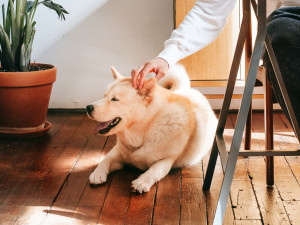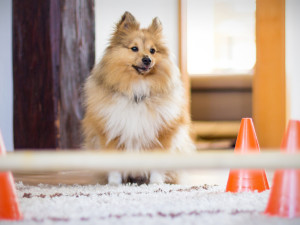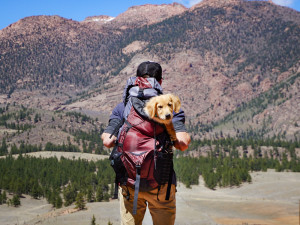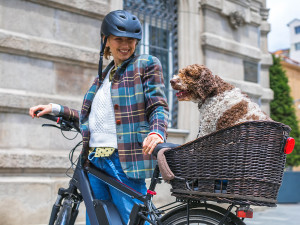10 Ways You Can Make Your Dog’s Life Better
Number 6 will probably surprise you.
We want our dogs to be happy. In fact, we tend to care about their satisfaction, comfort, and overall contentment more than our own. Oh, they don’t like that flavor of training treats? Let’s do a taste taste to make sure their idea of “high-value” is aligned with yours. They need an orthopedic bed? Never mind that you’re sleeping on the same lumpy mattress you’ve had for way too long. You get them what they need. You will go an extra season wearing those old snow boots, but by God you’ll buy them an endless selection of booties to make sure their little paw pads stay healthy and cut-free all winter long. But there are so many things beyond material goods that will factor into your pup’s happiness.
So, what exactly can we do to increase our dog’s happiness quotient? Here’s a short list of ways to exponentially improve the quality of their lives.
1. Turn up the dial on the exercise meter.
Dogs adore activity — hence, the crazy exuberance most display at the very whisper of a “walk.” Taking your pup on an extra-long hike, joining you on a run, or going on a few short outings in addition to those daily walks will be well received. Look for a place your dog can enjoy a safe, off-leash run, like a dog park, which will make the experience even more enjoyable for them.
2. Fight boredom.
Give your dog more mental stimulation with mind-engaging activities such as enrichment puzzles, new toys, visits to new places, and learning new skills and tricks.
How much do you spend on your pet per year?
3. Give them a hand.
Most dogs learn visual signals faster than verbal ones. When training, communicate more clearly by using hand signals along with words. Your dog will heave a figurative sigh of relief at finally being able to understand you.
4. Rub them the right way.
Most dogs, like most people, appreciate a good massage. It not only promotes relaxation, healing, and bonding, it feels so good (you’ll know for sure when their back leg starts twitching).
5. Stop and smell the world.
Dogs need to be dogs, and that means allowing them time to explore the world’s wonderful (and not so wonderful) odors. You can also try to engage them in scent-work activities. Using their noses comes naturally, so tracking or playing scent games is fun for dogs.
6. Free them from fashion.
Consider removing your dog’s collar at night. Dogs will probably enjoy the freedom just as much as we do when we take off our belts, watches or earrings. Plus, the noise of jingling tags bothers many dogs; to reduce it, tape the tags together or stow them in a pouch designed for that purpose.
7. Feed them well.
While the debate about canine nutrition rages, most people agree that a variety of food, especially if it’s healthy and fresh, has many advantages. Carefully consider what you feed your dog, do some research, and ask your veterinarian for help in making good choices.
8. Keep them tidy.
Good grooming is essential; dogs are most comfortable when their coats are orderly and free of any mats that tug uncomfortably at their skin. Abolishing tangles helps them eliminate more easily (aka no poop stuck in their fur!) and short toenails allow for easier movement comfortably. And no matter how darling your dog may look with fur hanging over the eyes, or how popular that style is for the breed, a haircut that allows for unobstructed vision is a better (and safer) choice.
9. Play it up.
Make play dates for your dog with other nice, well-socialized pups. Most dogs love to play with other dogs, and their exhilaration is palpable as they frolic together.
10. Sharpen your focus.
Dogs value the time we spend focused completely on them, and that’s easiest to do without anyone else present. This quality time is especially valuable and important in multi-dog households. So, carve out some one-on-one time for your pup every day to make their tail wag wildly.








